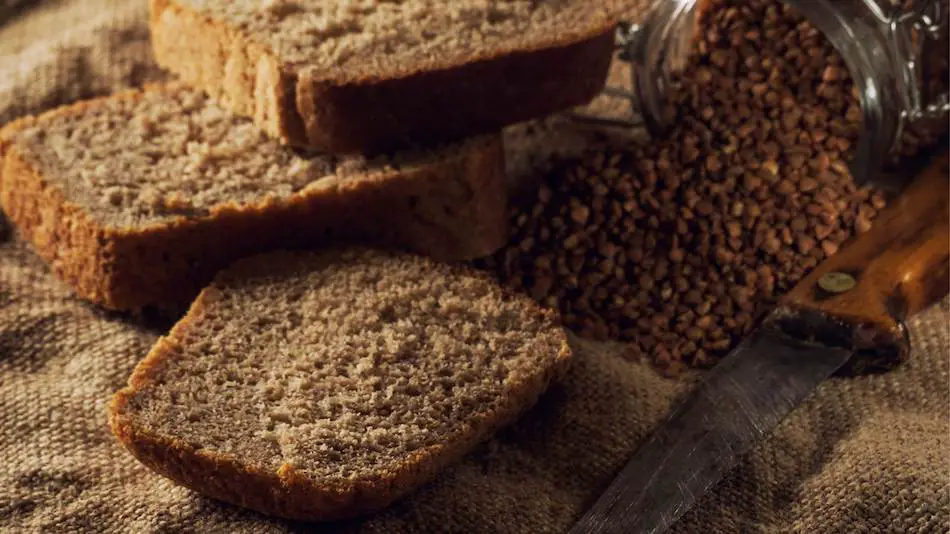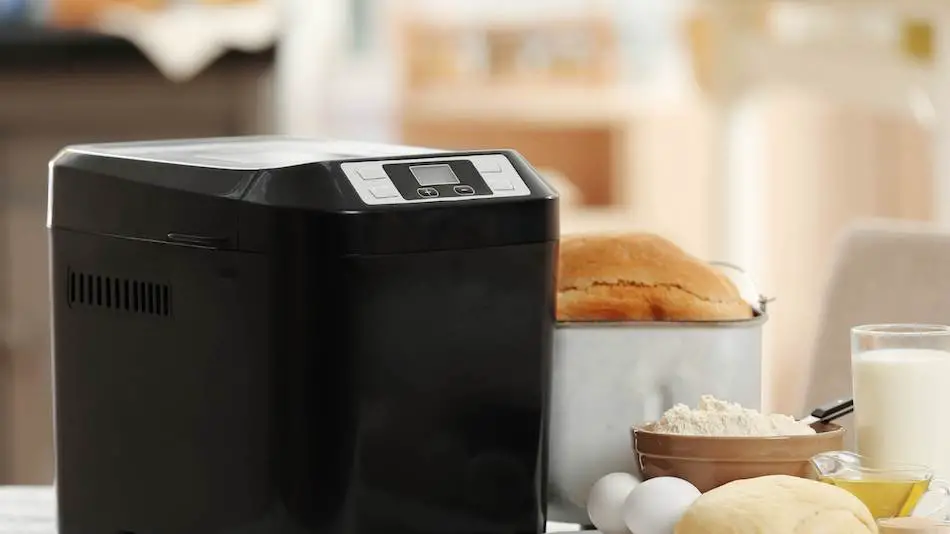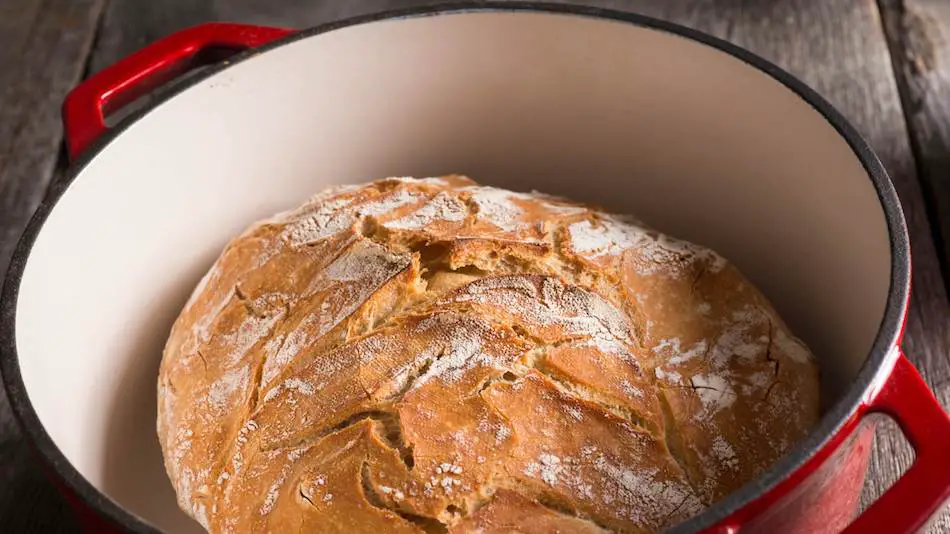
Are you following a gluten-free diet but looking for some new foods to add to your meal plan? If so, you should consider trying buckwheat! Despite its name, buckwheat is not a type of wheat and does not contain any gluten, making it a safe and healthy option for people with celiac disease or other conditions that require a gluten-free diet. In this post, I’ll walk you through some of the potential health benefits of buckwheat and give you some ideas for incorporating it into your meals.
People on gluten-free diets should enjoy buckwheat because it is a naturally gluten-free grain. This makes it a suitable option for people who need to avoid gluten in their diets due to celiac disease or other conditions. In addition to being gluten-free, buckwheat also has a range of potential health benefits, including its ability to improve heart health, reduce inflammation, and regulate blood sugar levels. It is also a good source of essential nutrients like protein, fiber, and vitamins B and E. This makes it a nutritious and tasty option for people following a gluten-free diet.
What Is Buckwheat?
Buckwheat is native to Asia and has been cultivated for thousands of years. It is believed to have originated in the eastern Himalayas and was later brought to Europe and North America by traders and settlers. Today, it is grown in many parts of the world, including Europe, North America, and Asia. Buckwheat is a type of grain that is related to rhubarb and sorrel. It is typically grown on small, family-owned farms and is relatively easy to cultivate. The plant has small, triangular seeds that are planted in well-drained soil in the early spring. It can grow in a range of soil types and climates, but it prefers cool, moist conditions. Buckwheat grows quickly and can reach full maturity in as little as 10 weeks. After the plants have matured, the seeds are harvested and used for a variety of purposes, including making flour, noodles, and other foods.
Does Buckwheat Taste Different To Other Breads?
Buckwheat bread does have a slightly different taste than other types of bread. Because buckwheat is not a type of wheat and does not contain gluten, it has a more distinctive and slightly nutty flavor than traditional wheat breads. Some people find the taste of buckwheat bread to be slightly bitter, but others enjoy its unique flavor. Overall, the taste of buckwheat bread will depend on personal preference and the specific recipe you are using. You can experiment with different ingredients and techniques to create a buckwheat bread that suits your taste preferences.
Buckwheat Texture
The texture of buckwheat bread will depend on the specific recipe you are using. In general, however, buckwheat bread tends to have a slightly denser and grainier texture than traditional wheat breads. This is because buckwheat flour is not as light and airy as wheat flour, and it does not contain gluten, which helps to give wheat breads their characteristic soft and fluffy texture. Despite its denser texture, many people enjoy the chewy, rustic texture of buckwheat bread. Again, the texture of buckwheat bread will depend on personal preference and the specific recipe you are using.
What Seeds And Grains Can You Put In Buckwheat?

Different seeds and grains can be added to the dough along with the buckwheat flour, or they can be sprinkled on top of the bread before baking to add a crunchy texture. You can experiment with different combinations of seeds and grains to create a unique flavor and texture for your buckwheat bread. Just be sure to use gluten-free seeds and grains if you are following a gluten-free diet. Some common seeds and grains that can be used in buckwheat bread include:
- Sunflower seeds
- Flax seeds
- Chia seeds
- Poppy seeds
- Sesame seeds
- Millet
- Quinoa
- Rolled oats
- Cornmeal
What Temperature Do You Bake Buckwheat?
The temperature at which you bake buckwheat bread will depend on the specific recipe you are using. In general, however, most recipes will call for baking the bread at a temperature of around 375°F (190°C). This is a good middle-of-the-road temperature that will allow the bread to bake evenly and achieve a nice, golden-brown color. If you are using a recipe that does not specify a baking temperature, 375°F (190°C) is a good starting point. You can adjust the temperature as needed based on the specific ingredients and techniques you are using.
How To Make Buckwheat In A Bread Machine

To make buckwheat bread in a bread machine, you will need the following ingredients:
- 1 cup of warm water
- 2 tablespoons of olive oil
- 2 tablespoons of honey or maple syrup
- 1 teaspoon of salt
- 2 cups of buckwheat flour
- 1 teaspoon of active dry yeast
- Start by adding the warm water, olive oil, honey or maple syrup, salt, buckwheat flour, and yeast to the bread machine in the order recommended by the manufacturer.
- Select the “basic” or “white bread” setting on your bread machine, and press start.
- The bread machine will mix, knead, and rise the dough for you. It will also bake the bread, so you don’t have to worry about transferring the dough to a loaf pan or preheating the oven.
- Once the bread is done, the bread machine will beep to let you know it is ready. Carefully remove the bread from the bread machine and let it cool on a wire rack.
- Once the bread has cooled, slice and serve it as desired.
Note: The exact instructions for making buckwheat bread in a bread machine may vary depending on the specific model of bread machine you are using. Be sure to refer to the manufacturer’s instructions for your particular machine.
How To Make Buckwheat a Stand Mixer Dough Hook
To make buckwheat bread using a stand mixer with a dough hook attachment, you will need the following ingredients:
- 1 cup of warm water
- 2 tablespoons of olive oil
- 2 tablespoons of honey or maple syrup
- 1 teaspoon of salt
- 2 cups of buckwheat flour
- 1 teaspoon of active dry yeast
- In the bowl of a stand mixer, combine the warm water, olive oil, honey or maple syrup, and salt. Stir until the honey or maple syrup is dissolved.
- Add the buckwheat flour and yeast to the mixing bowl, and attach the dough hook attachment to the stand mixer. Turn the mixer on to a low speed, and mix the ingredients until a sticky dough forms.
- Increase the speed of the mixer to medium, and continue to mix the dough for 5-10 minutes, until it becomes smooth and elastic.
- Remove the dough from the mixing bowl, and shape it into a loaf. Place the dough in a greased loaf pan, and let it rise in a warm, draft-free place for about 30 minutes, or until it has doubled in size.
- Preheat the oven to 375°F (190°C), and bake the bread for 30-35 minutes, or until it is golden brown and sounds hollow when tapped.
- Remove the bread from the oven, and let it cool on a wire rack. Then allow to cool, then slice.
If you don’t have a dough hook, you can get them on Amazon here.
How To Make Buckwheat In A Dutch Oven

To make buckwheat bread in a Dutch oven, you will need the following ingredients:
- 1 cup of warm water
- 2 tablespoons of olive oil
- 2 tablespoons of honey or maple syrup
- 1 teaspoon of salt
- 2 cups of buckwheat flour
- 1 teaspoon of active dry yeast
- In a large mixing bowl, combine the warm water, olive oil, honey or maple syrup, and salt. Stir until the honey or maple syrup is dissolved.
- Add the buckwheat flour and yeast to the mixing bowl, and stir until a sticky dough forms.
- Turn the dough out onto a lightly floured surface, and knead it by hand for 5-10 minutes, until it becomes smooth and elastic.
- Place the dough in a greased bowl, and cover it with a damp cloth. Let the dough rise in a warm, draft-free place for about 1 hour, or until it has doubled in size.
- Once the dough has risen, punch it down to remove any air bubbles, and shape it into a loaf. Place the dough in a greased Dutch oven, and let it rise again for about 30 minutes.
- Preheat the oven to 375°F (190°C), and place the Dutch oven (with the lid on) in the oven. Bake the bread for 30-35 minutes, or until it is golden brown and sounds hollow when tapped.
- Remove the Dutch oven from the oven, and carefully remove the bread from the pot. Let it cool on a wire rack.
Dutch ovens are a great addition to your kitchen. If you don’t have one, check out this Amazon Bestseller
Other Gluten-Free Breads
There are many different types of gluten-free breads, including:
- Rice bread
- Cornbread
- Quinoa bread
- Sorghum bread
- Millet bread
- Amaranth bread
- Teff bread
- Oat bread (if certified gluten-free)
- Almond flour bread
- Coconut flour bread
- Chickpea flour bread
- Flaxseed bread
- Psyllium husk bread
- Buckwheat bread
- Potato bread
These are just a few examples of the many different types of gluten-free breads that are available. Many of these breads are made using alternative grains and flours that do not contain gluten, making them suitable for people following a gluten-free diet.


